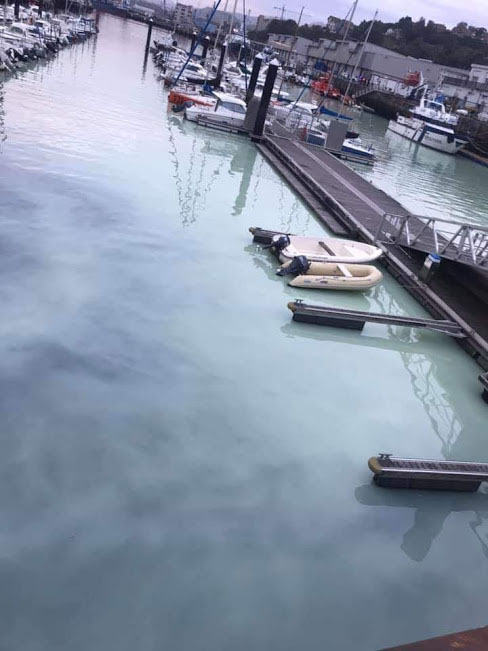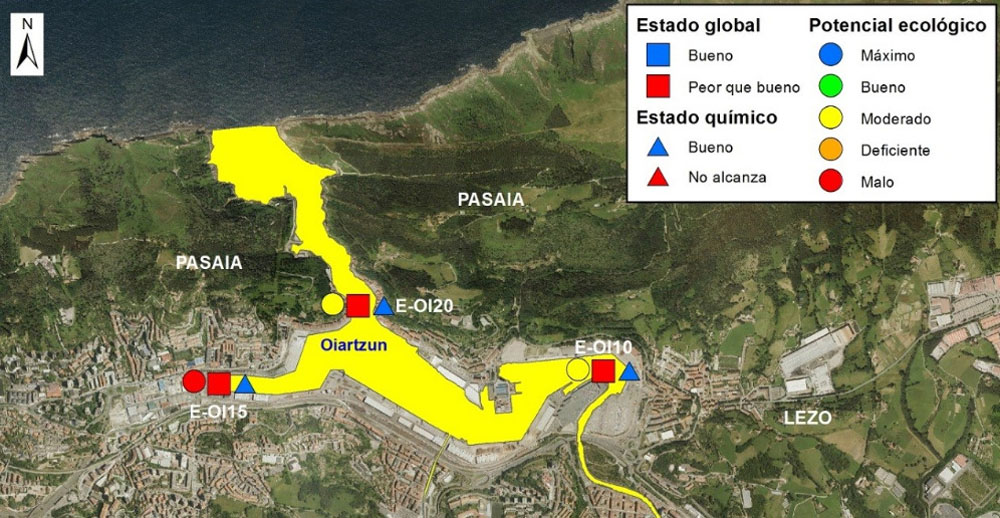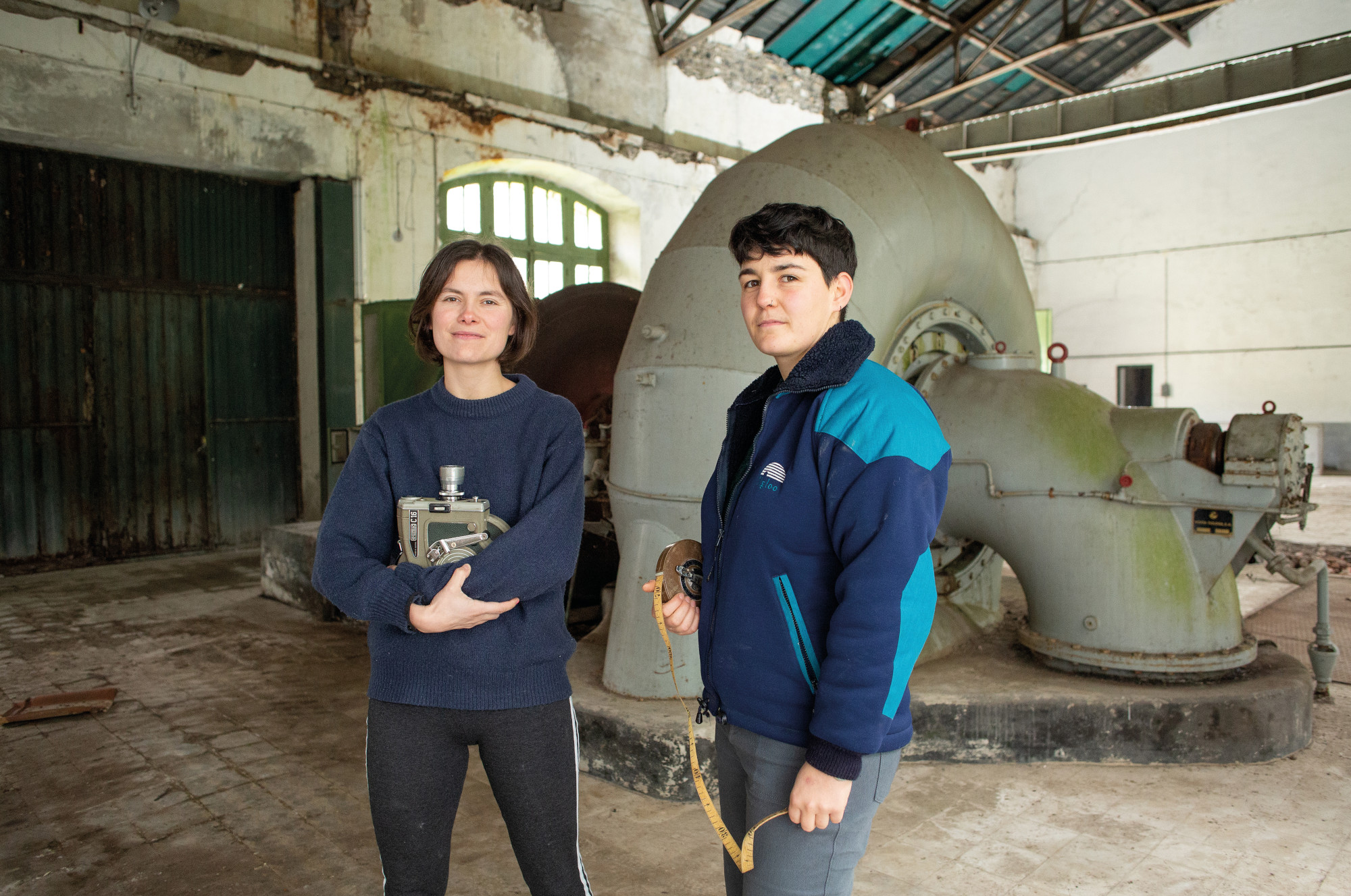A discharge from the Txingurri river pollutes the bay of Pasaia
- On Tuesday, the Txingurri river typed the waters of the bay of Pasaia, in the area of Herrera. They denounce to Eguzki that the consolidation initiated in 2077 is incomplete and pending its completion: “Better if we sit and wait.”

The Port Authority of Pasaia had to put anti-pollution barriers in Pasaia Bay last Tuesday, when it detected a large contamination spot in the Herrera area, where the Txingurri river poured its waters.
 As Eguzki explained, it is not known "exactly" where the spillage has occurred, but it has been produced by the Txingurri river. The environmental organization has stressed that the dirty waters of the neighborhoods of Altza and Larratxo of Donostia-San Sebastián and Herrera de Pasaia are directed directly to this stream.
As Eguzki explained, it is not known "exactly" where the spillage has occurred, but it has been produced by the Txingurri river. The environmental organization has stressed that the dirty waters of the neighborhoods of Altza and Larratxo of Donostia-San Sebastián and Herrera de Pasaia are directed directly to this stream.
Despite the sanitation work carried out between 2007 and 2008, they have denounced that many emissions remain uncollected: “Hail emanations are constant in the bay, although on Tuesday, mainly by color, it was more spectacular,” explains Eguzki.
Water quality: “Good but better”
According to a report published in May 2019 by the agency URA of the Basque Government (PDF), the quality of the waters of the bay of Pasaia is generally “regular”, but in some places a map indicates that “it is better than good”, in Herrera is “bad” at the mouth of the river Txingurri.

The report concludes that, despite the improvement in the quality of the water in the bay of Pasaia, at the pier of Herrera “is far from being recovered, as a stream continues to pour waste”. Research recognizes that these discharges create a “severe impact.”
With the Zabalduz caravan in the city of Bihac in Bosnia Herzegovina, activist Nihad Suljic explained to us that the Drina River is the largest tomb in the Balkans. In order not to be forgotten, he is responsible for identifying the bodies that are found and for giving them... [+]



















